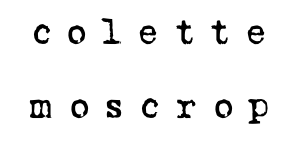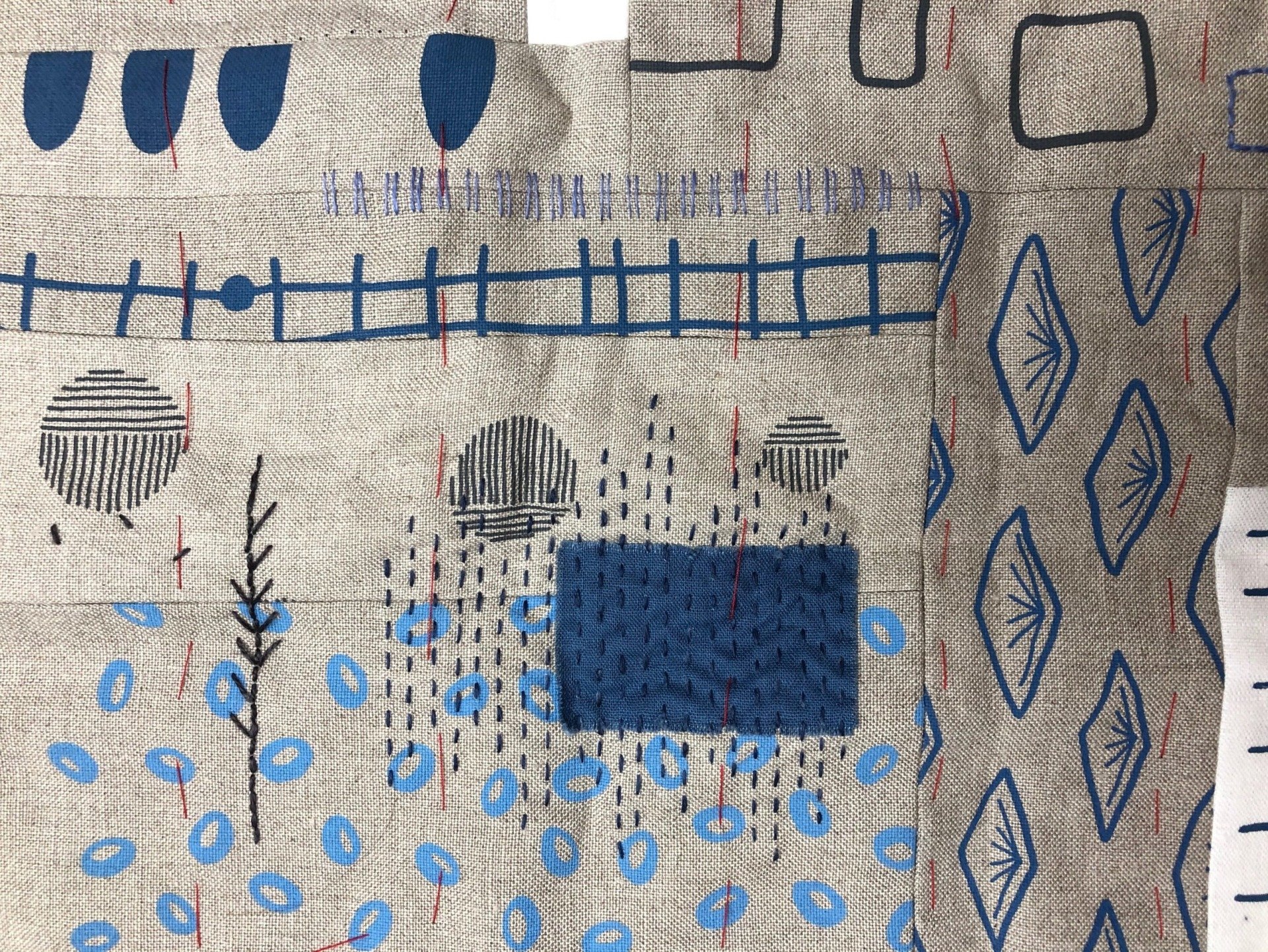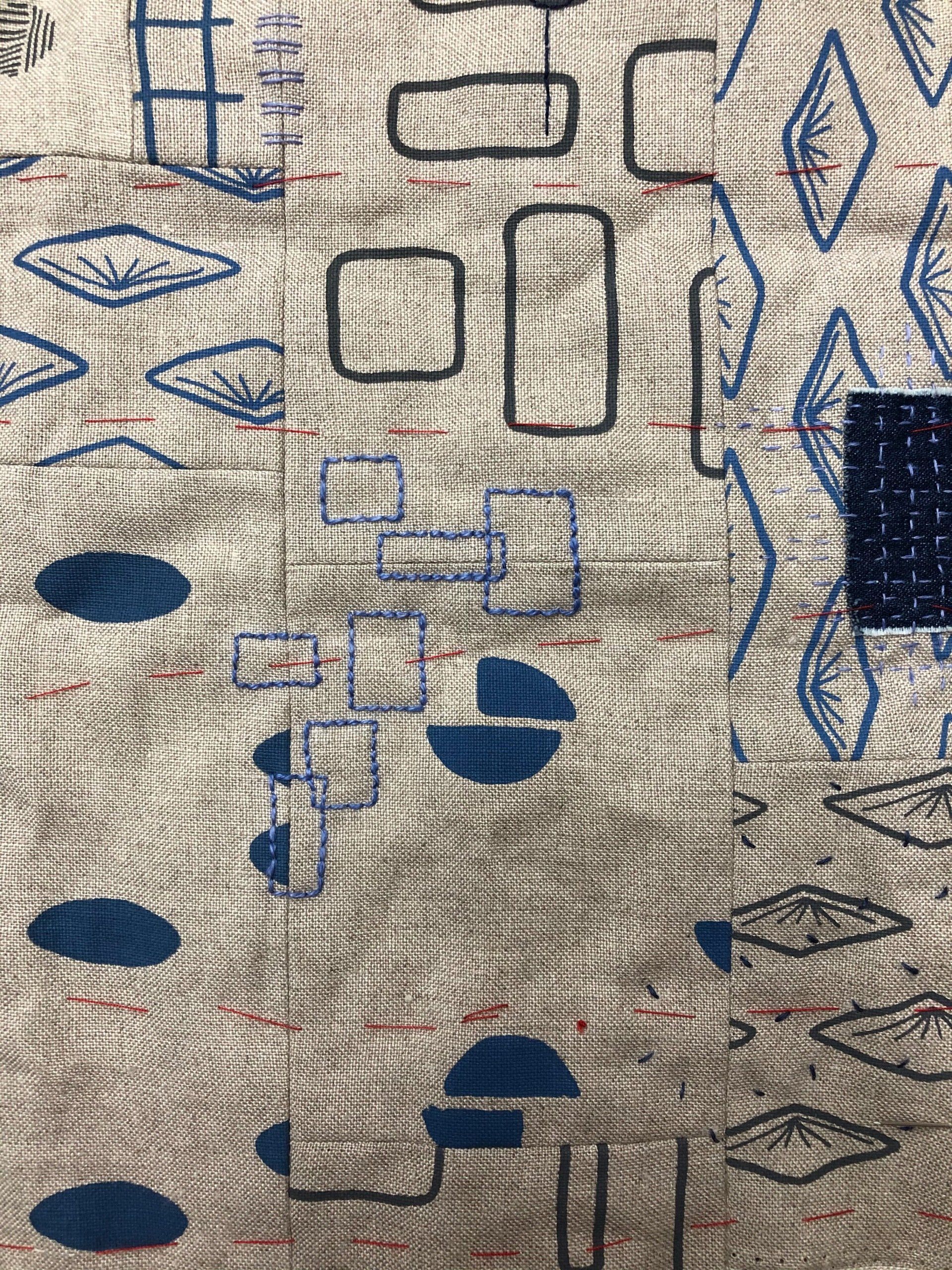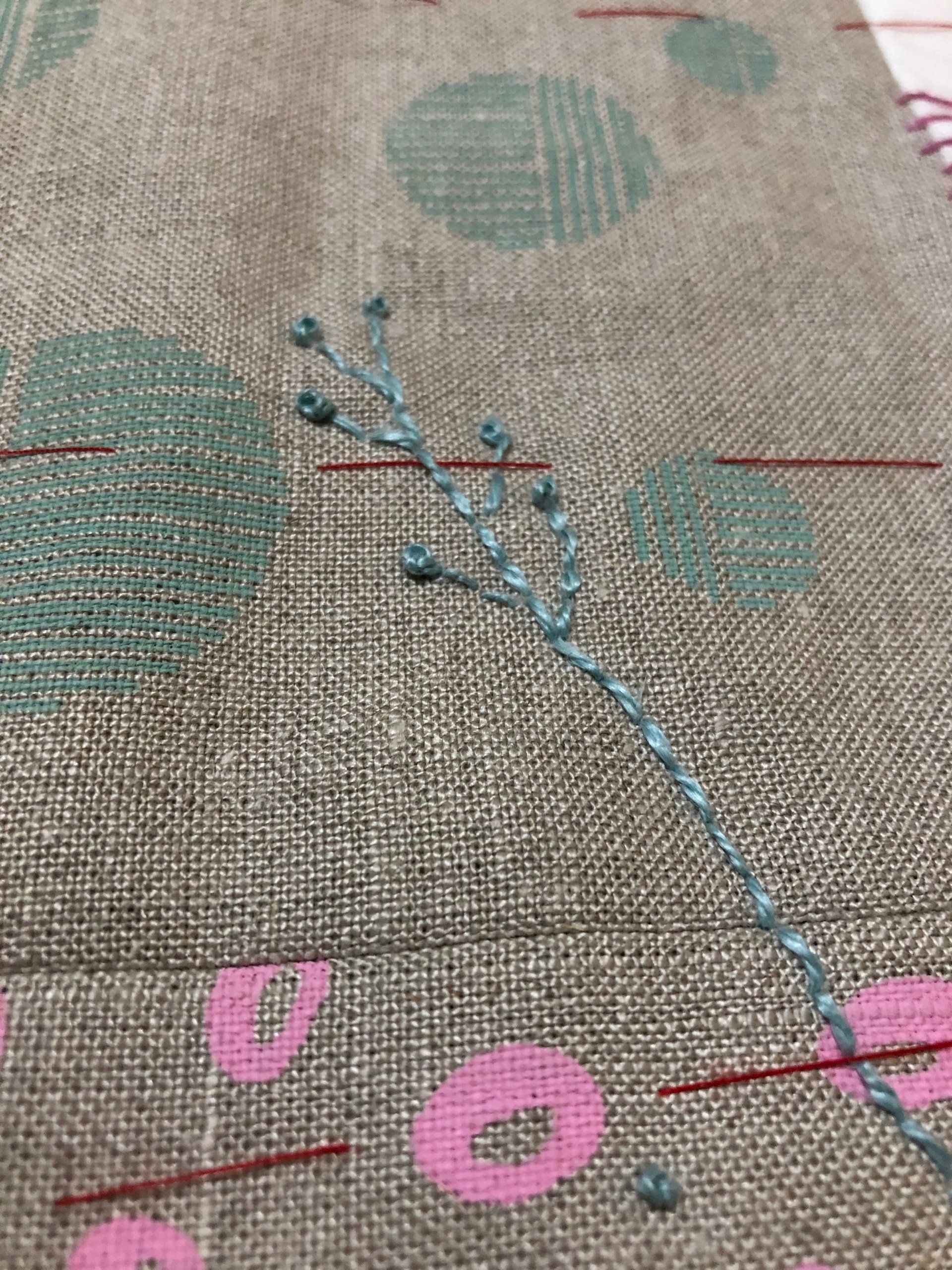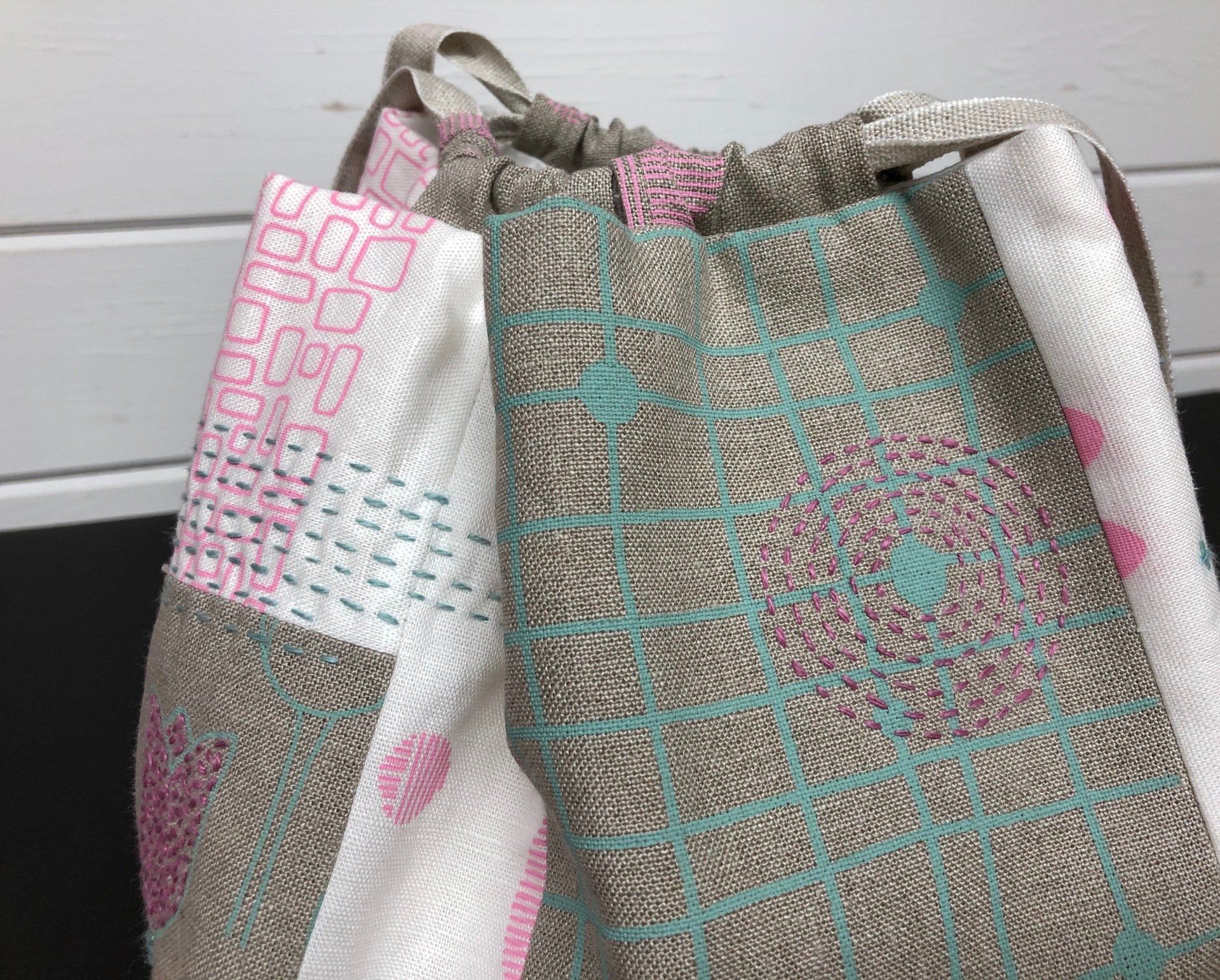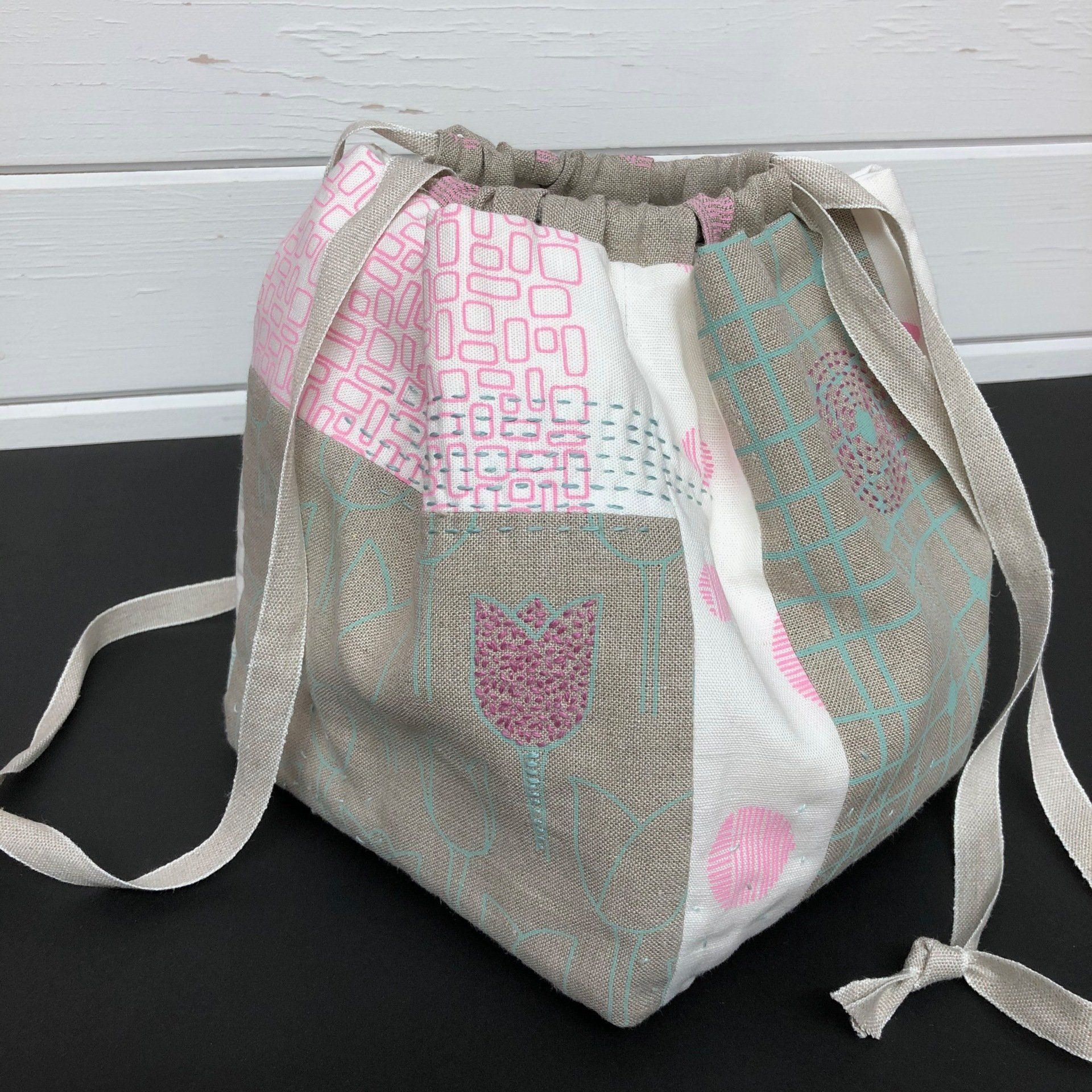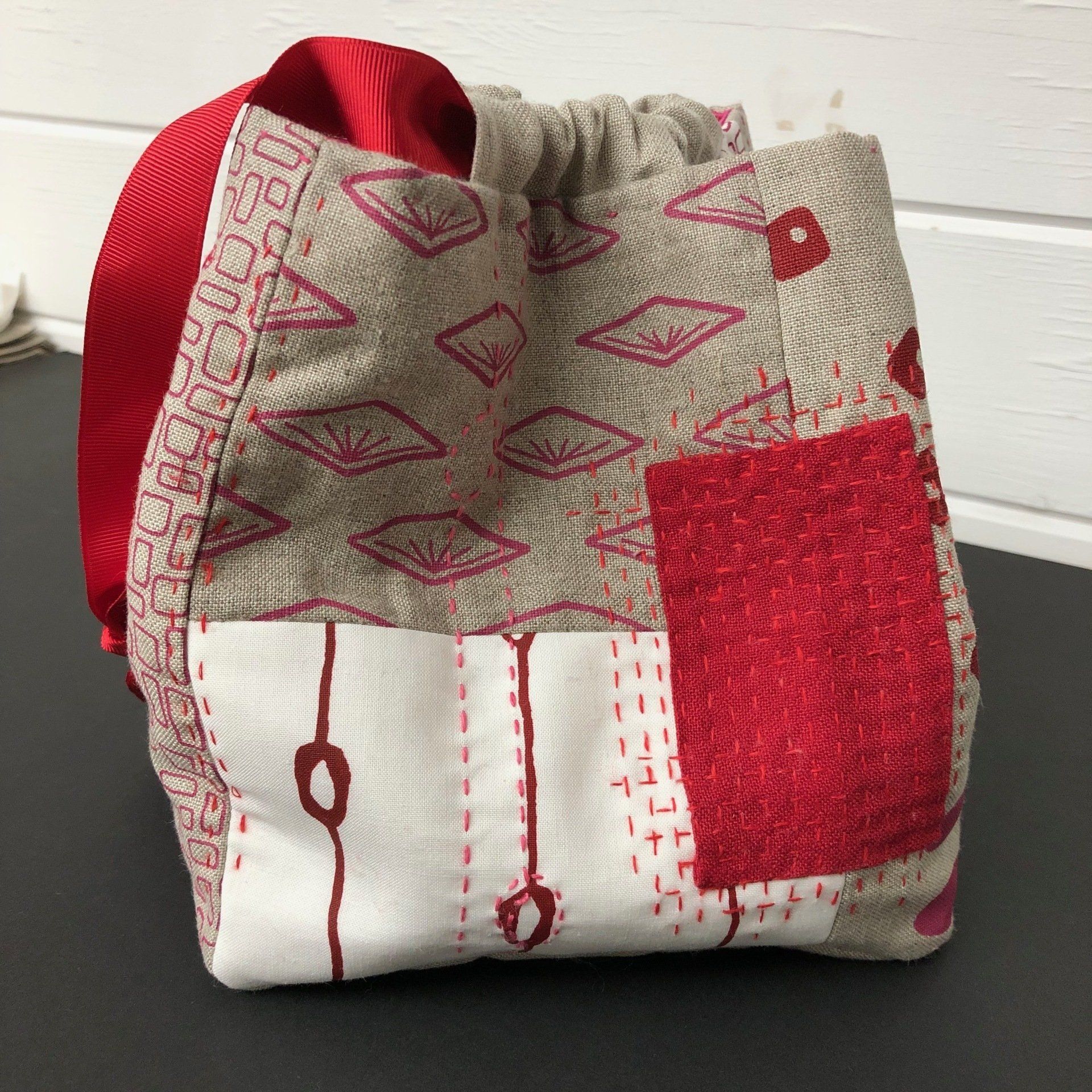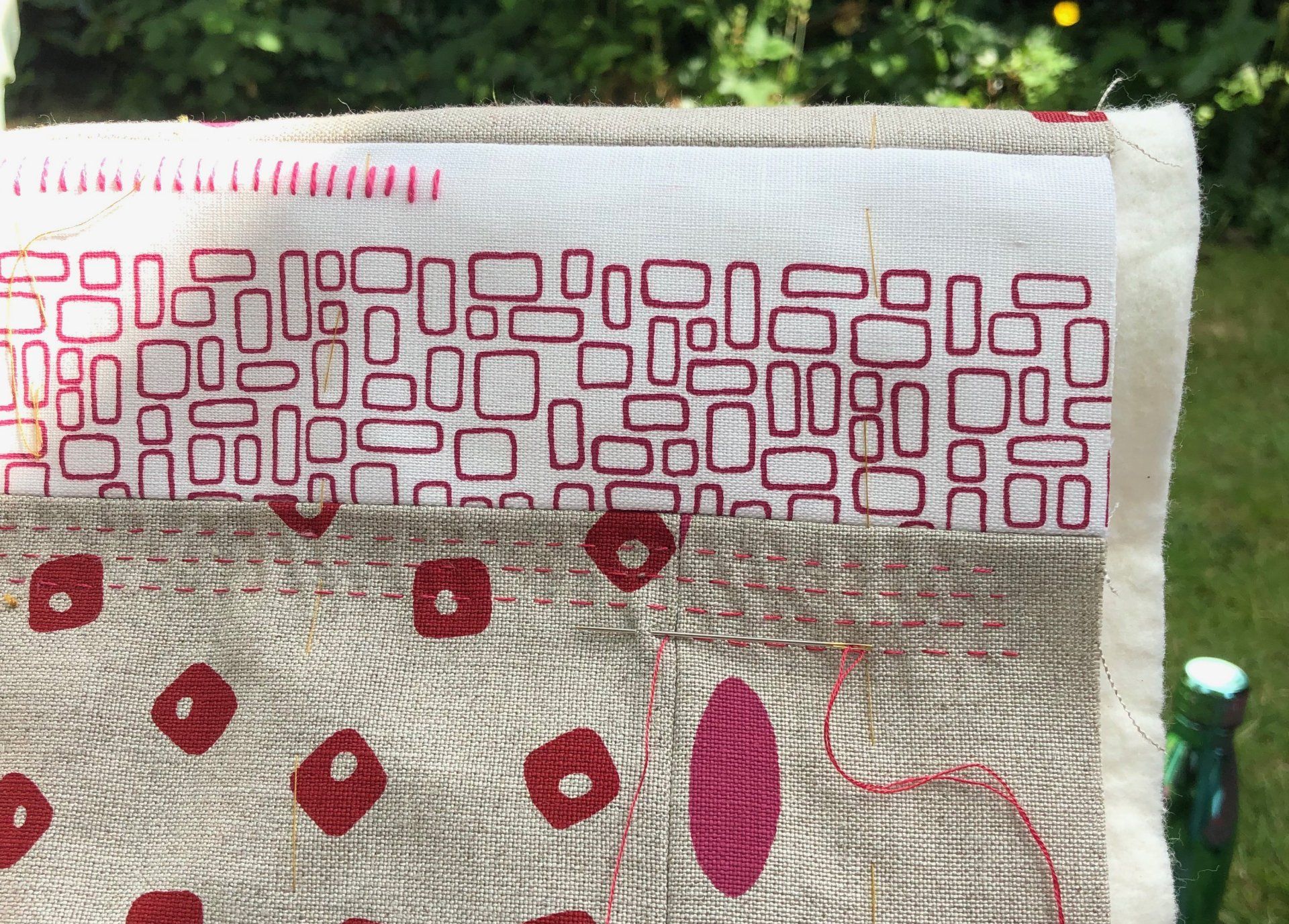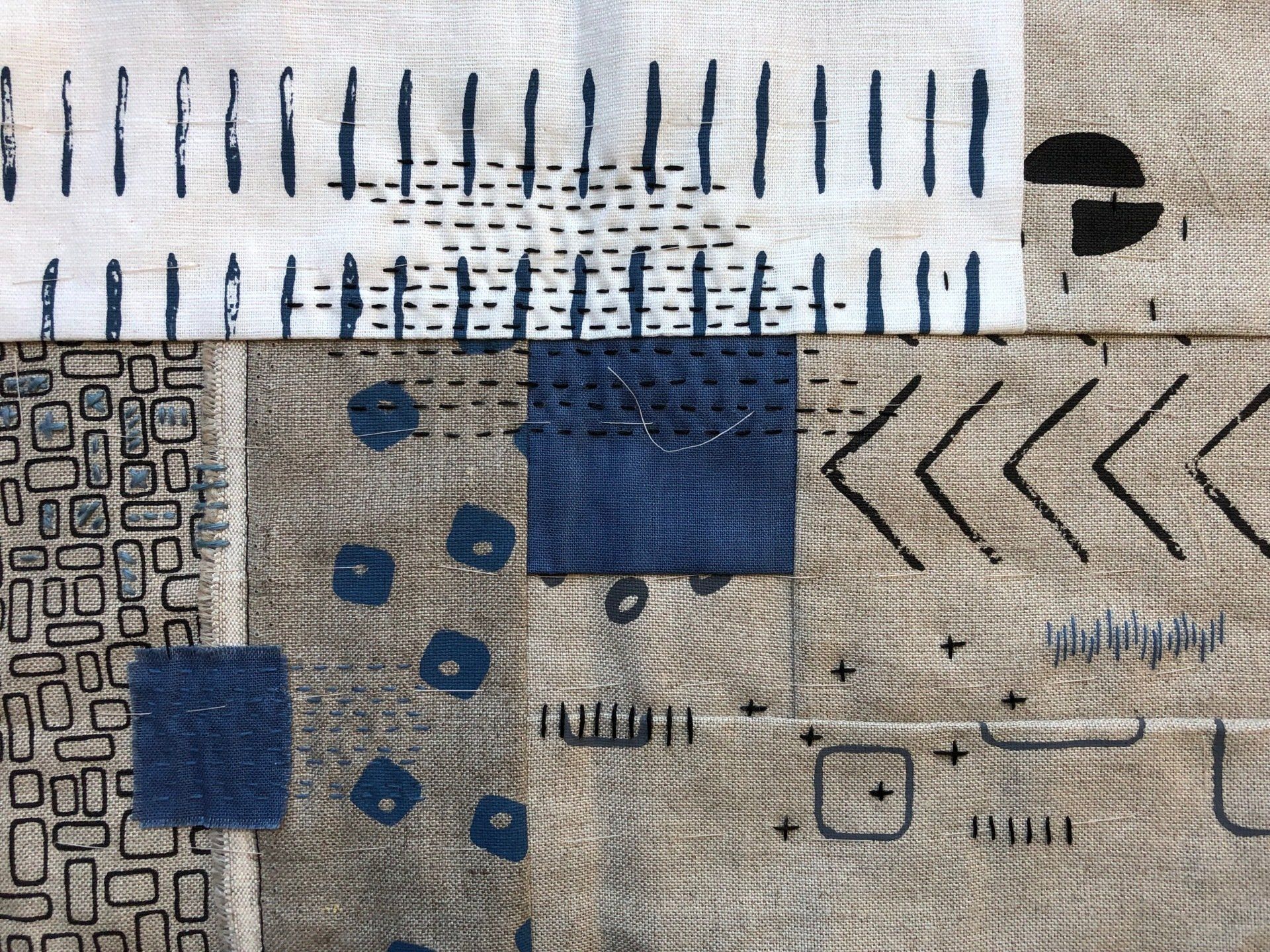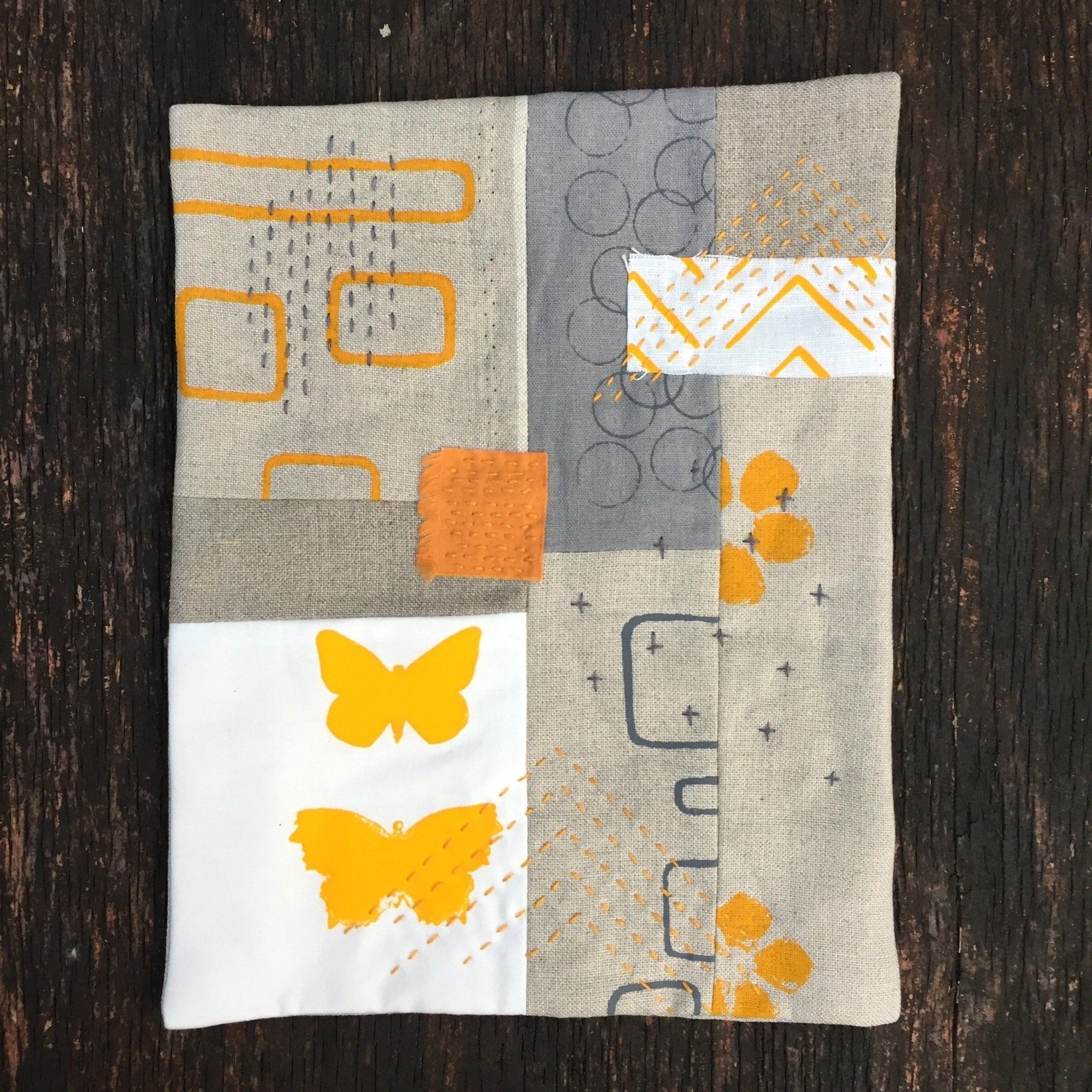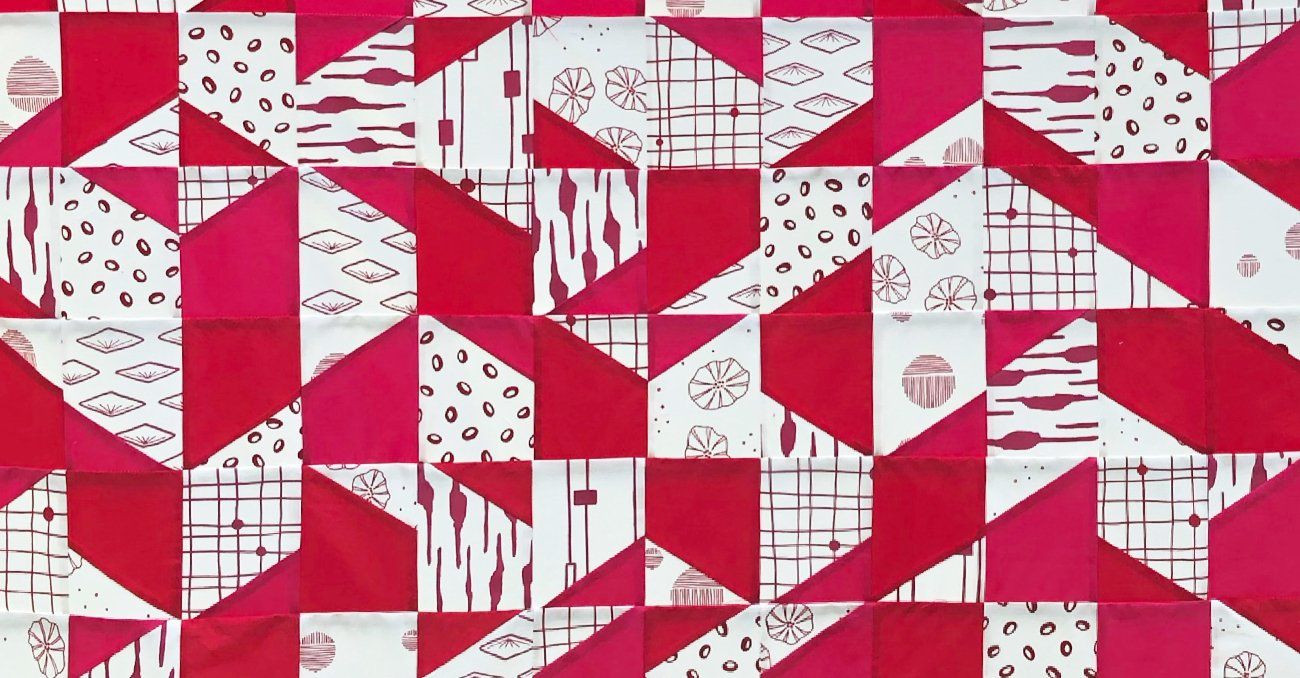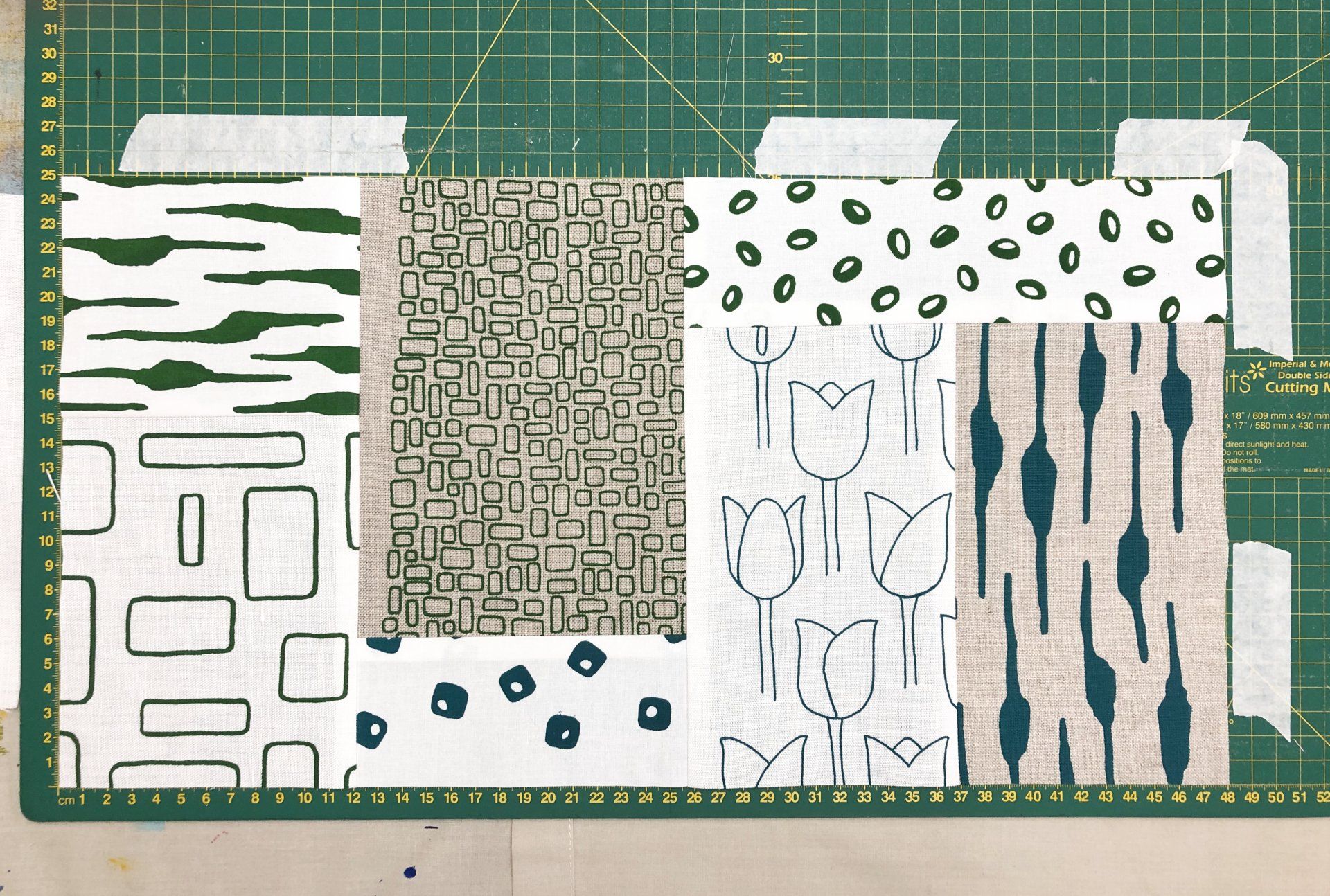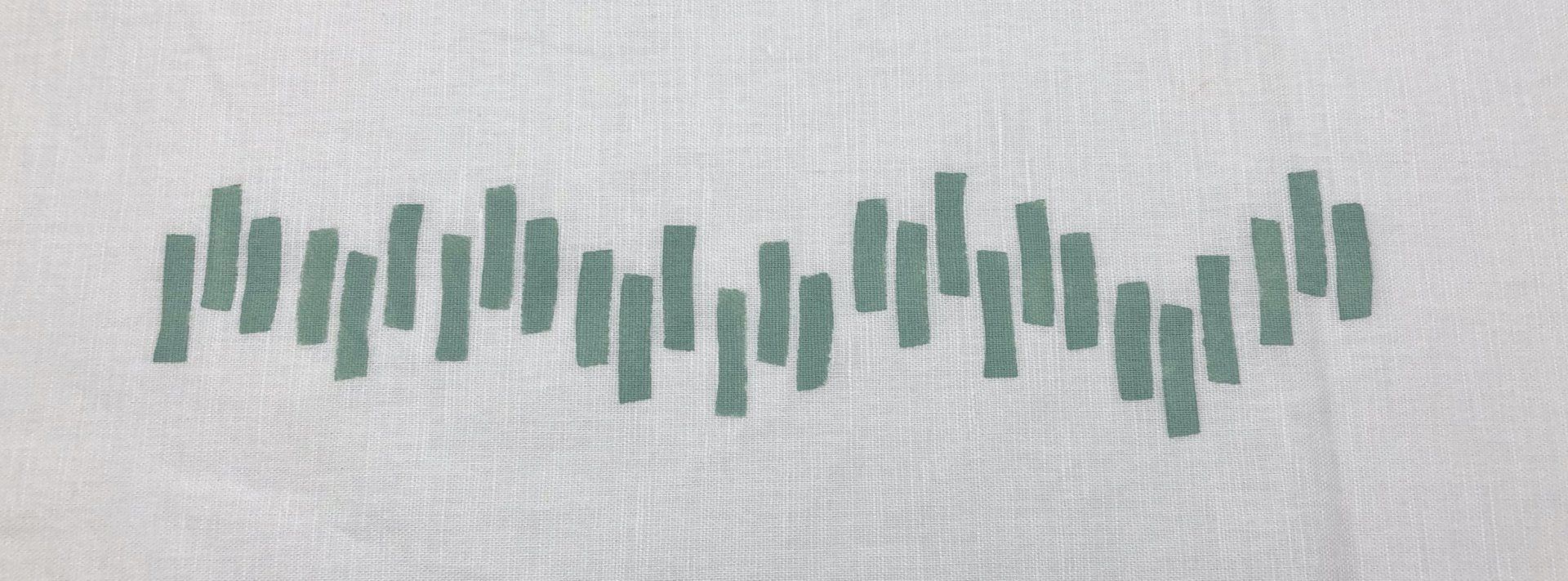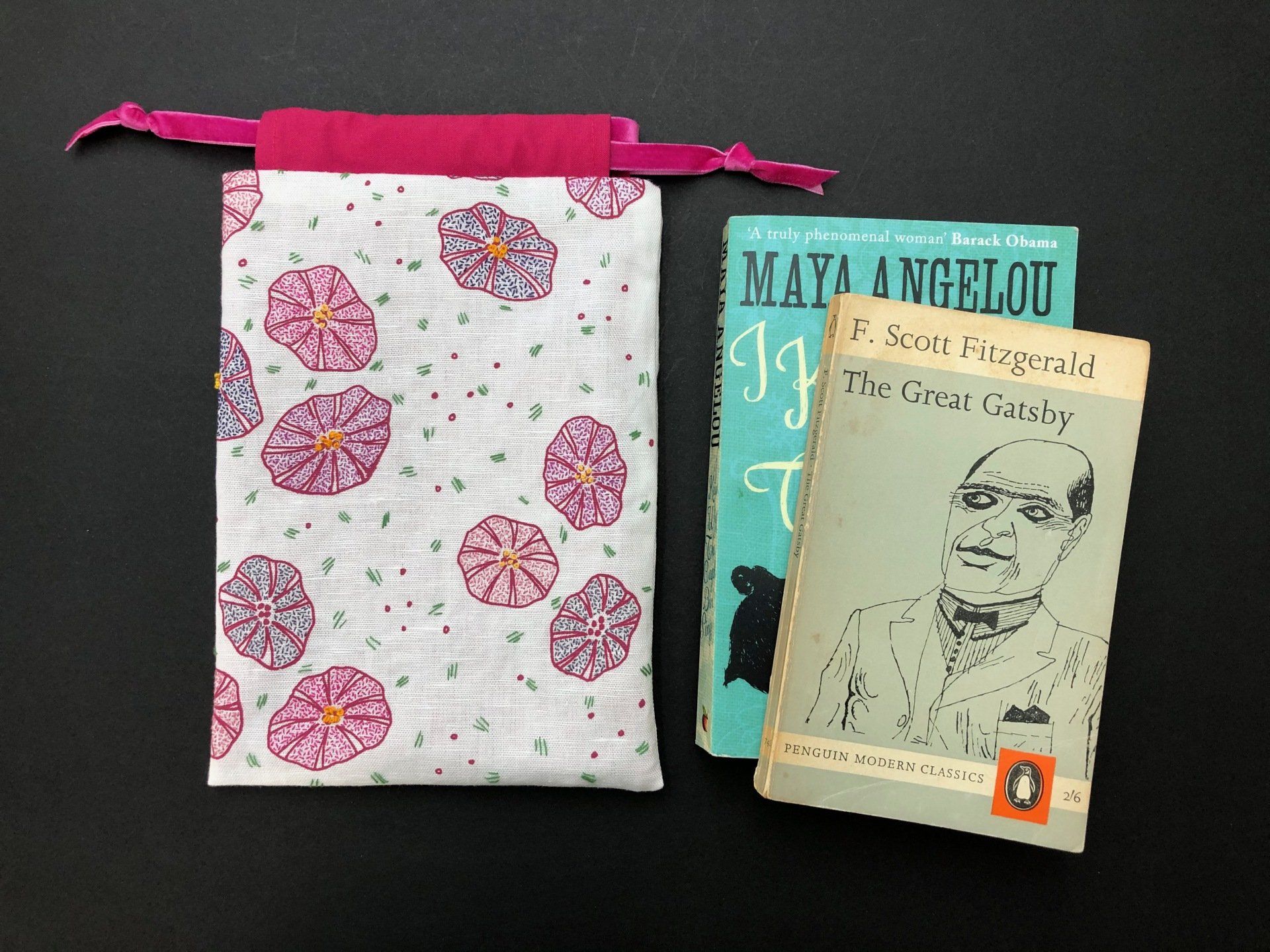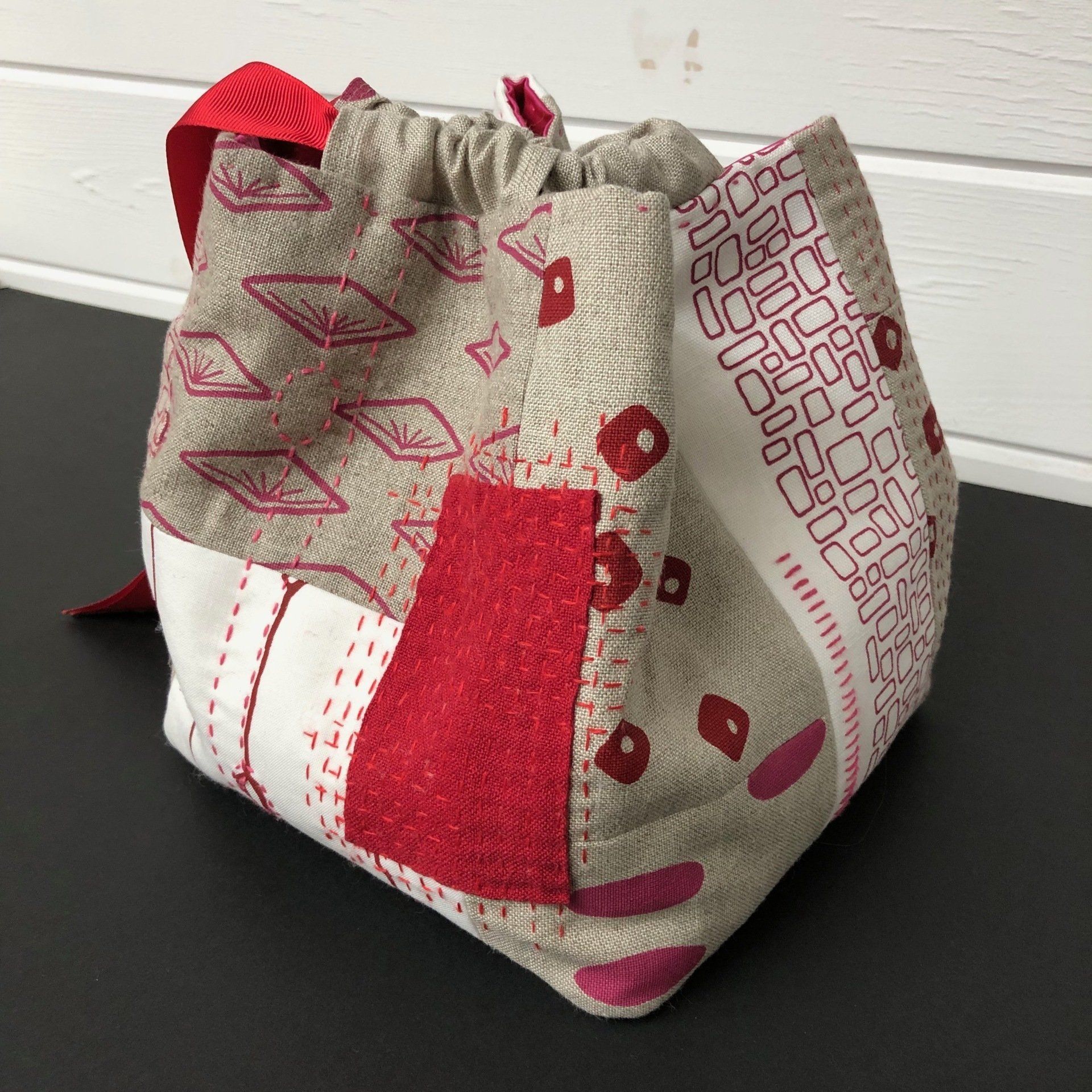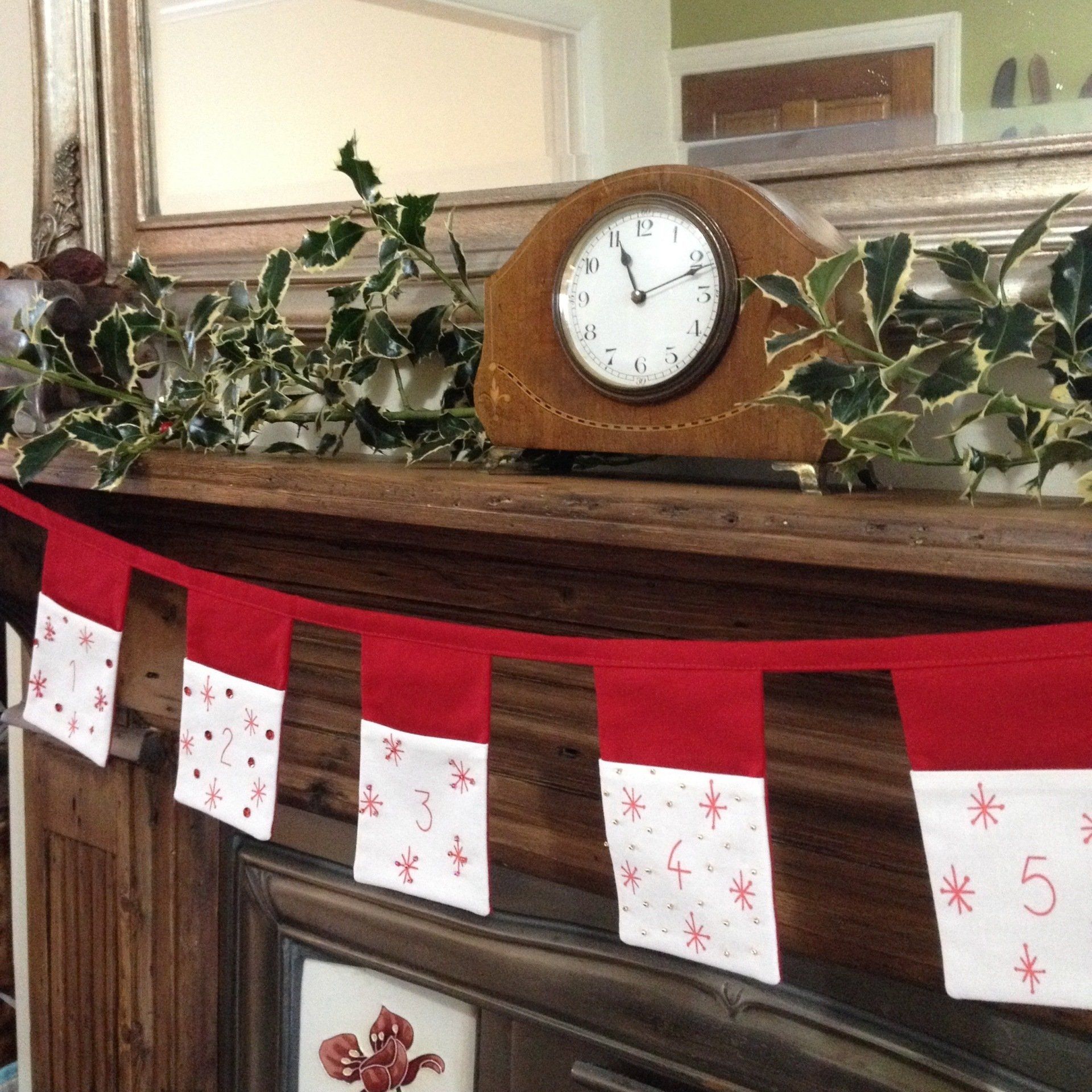Add your own details such as flowers or leaves with backstitch to add something personal to your projects. I've added some french knots to this stem and there are a scattering below to give the impression they may have fallen.
The use of colour will dramatically change the look of your project. You can use a contast colour so your stitches really stand out or choose different tones that compliment your work for a more subtle effect.
Use different weights of thread to add some variety and different textures to your work. I love to use vintage linen threads as they are quite chunky compared to more readily available threads. But I love to use them alongside finer, hand dyed threads too for some contrast. Experiment and see what pleases you the most.
